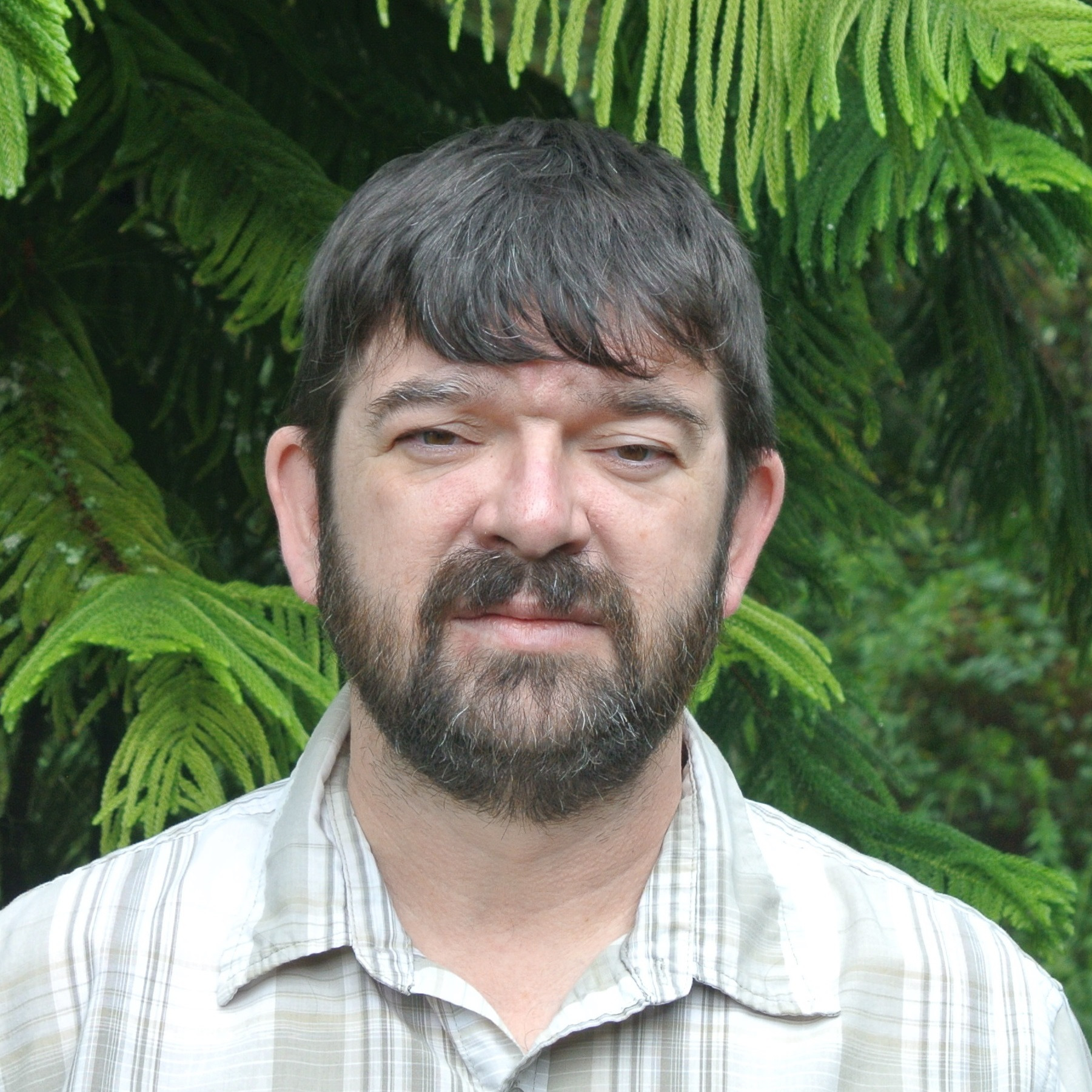Preprint
Article
Non-Uniform Aspects of SARS-CoV-2 Intraspecies Evolution Reopen Questions on Its Origin
Altmetrics
Downloads
429
Views
651
Comments
0
A peer-reviewed article of this preprint also exists.




































This version is not peer-reviewed
Preprints on COVID-19 and SARS-CoV-2
Submitted:
18 June 2021
Posted:
18 June 2021
You are already at the latest version
Alerts
Abstract
Several hypotheses have been presented on the origin of severe acute respiratory syndrome coronavirus 2 (SARS-CoV-2) from its identification as the agent causing the current coronavirus disease 19 (COVID-19) pandemic. So far, no hypothesis has managed to identify the origin, and the issue has resurfaced. Here we have unfolded a pattern of distribution of several mutations in the SARS-CoV-2 proteins across different continents comprising 24 geo-locations. The results showed an evenly uneven distribution of unique protein variants, distinct mutations, unique frequency of common conserved residues, and mutational residues across the 24 geo-locations. Furthermore, ample mutations were identified in the evolutionarily conserved invariant regions in the SARS-CoV-2 proteins across almost all geo-locations we have considered. This pattern of mutations potentially breaches the law of evolutionary conserved functional units of the beta-coronavirus genus. These mutations may lead to several novel SARS-CoV-2 variants with a high degree of transmissibility and virulence. A thorough investigation on the origin and characteristics of SARS-CoV-2 needs to be conducted in the interest of science and to be prepared to meet the challenges of potential future pandemics.
Keywords:
Subject: Biology and Life Sciences - Biochemistry and Molecular Biology
Copyright: This open access article is published under a Creative Commons CC BY 4.0 license, which permit the free download, distribution, and reuse, provided that the author and preprint are cited in any reuse.
MDPI Initiatives
Important Links
© 2024 MDPI (Basel, Switzerland) unless otherwise stated




